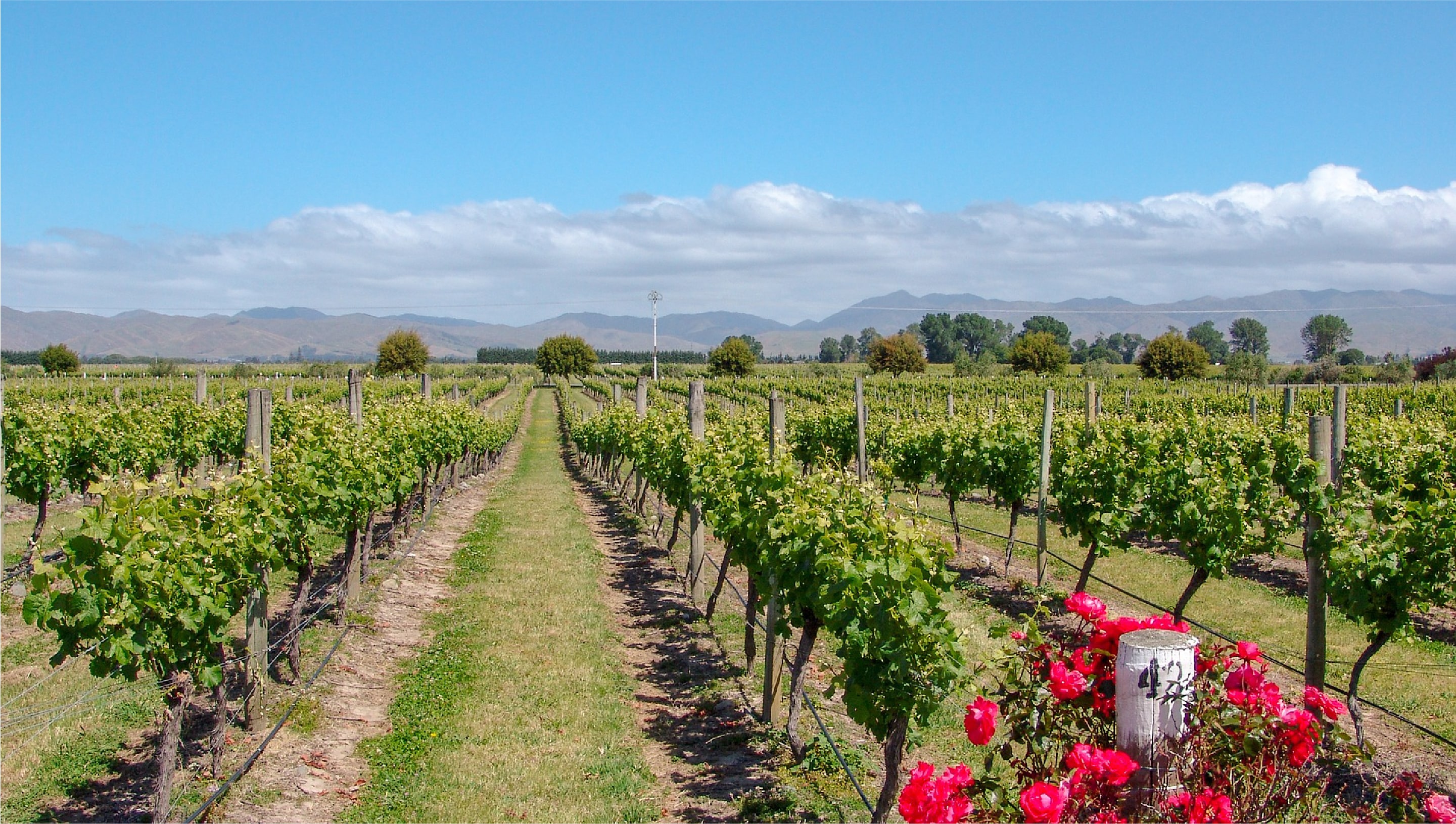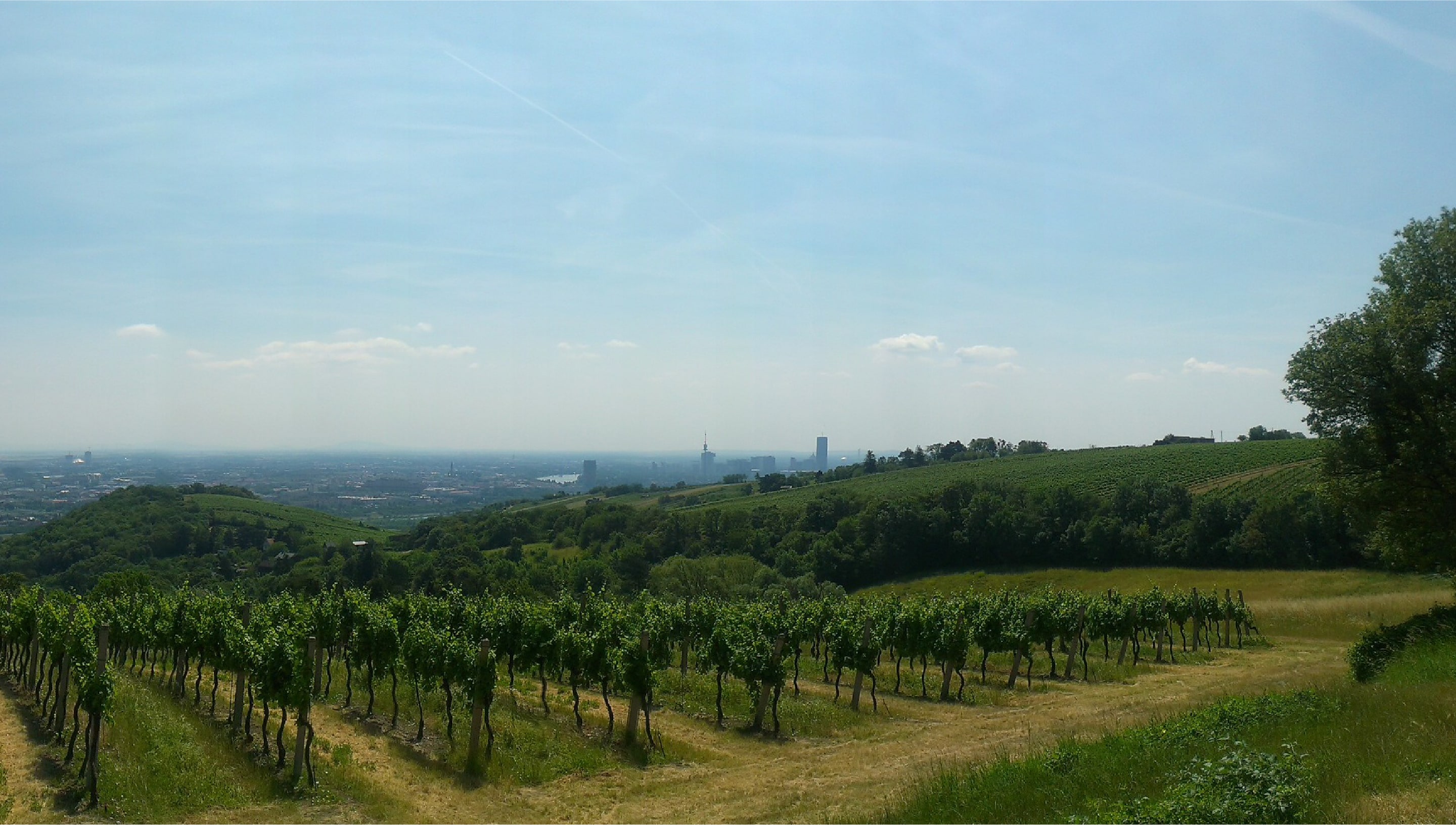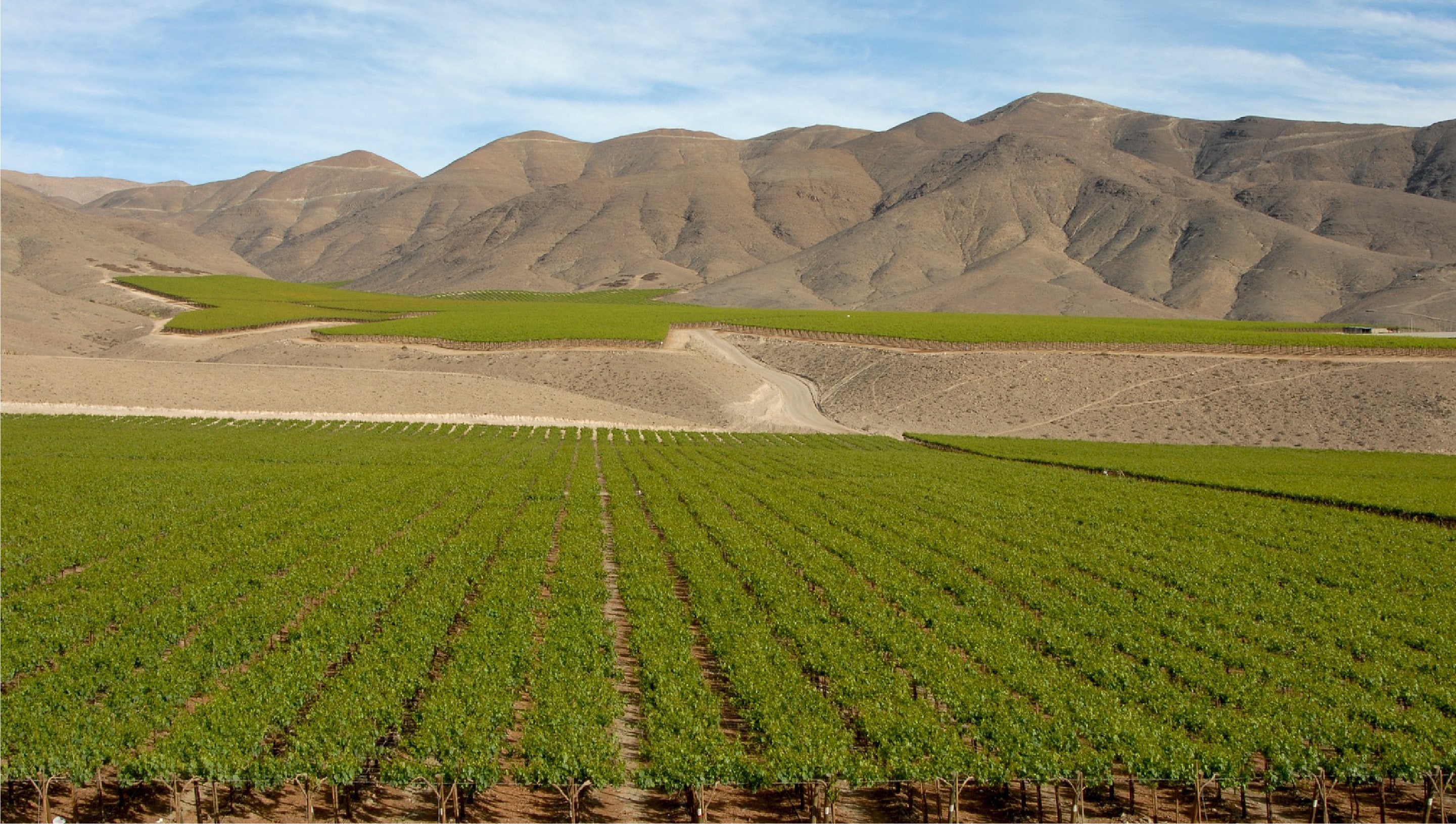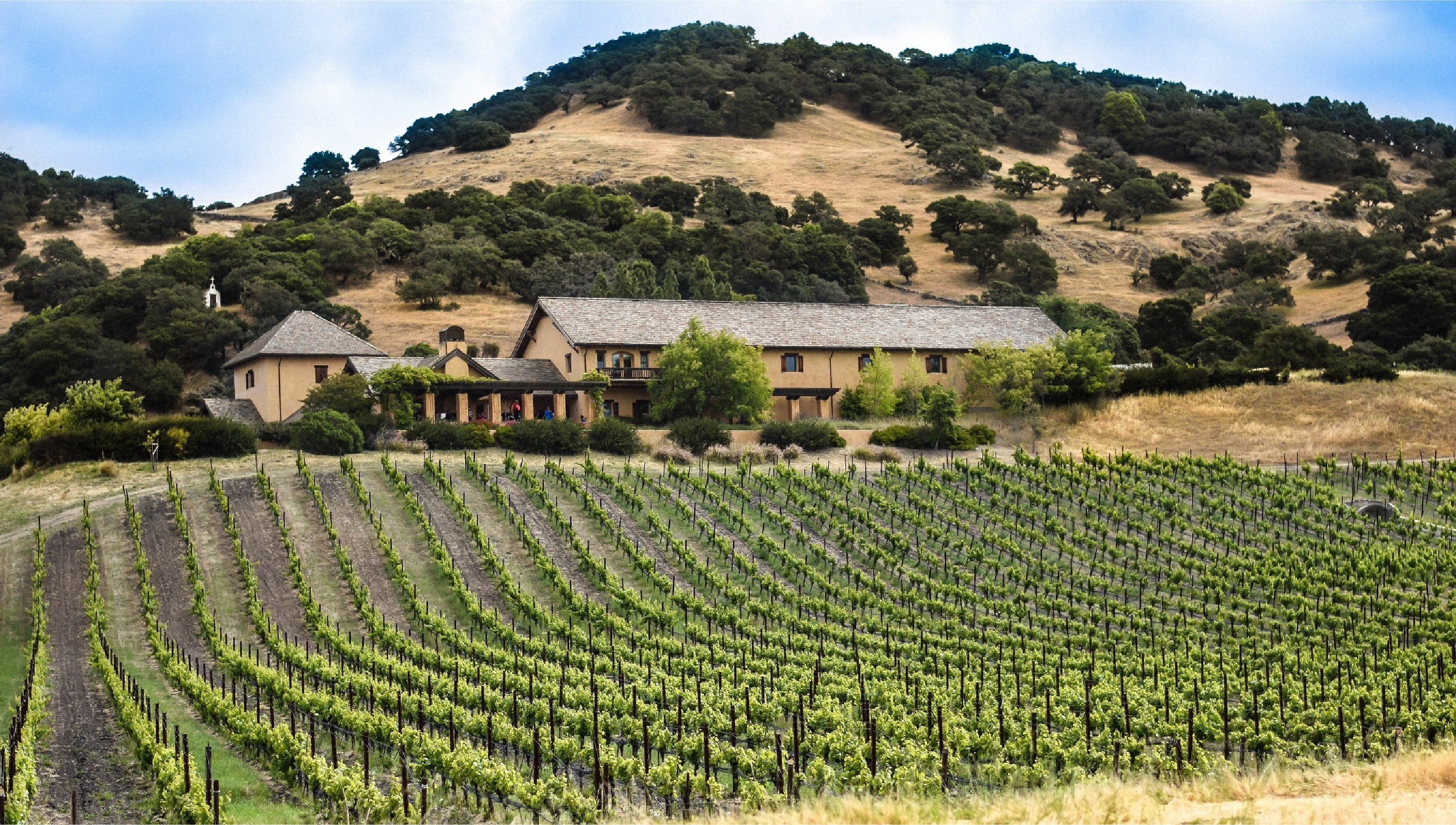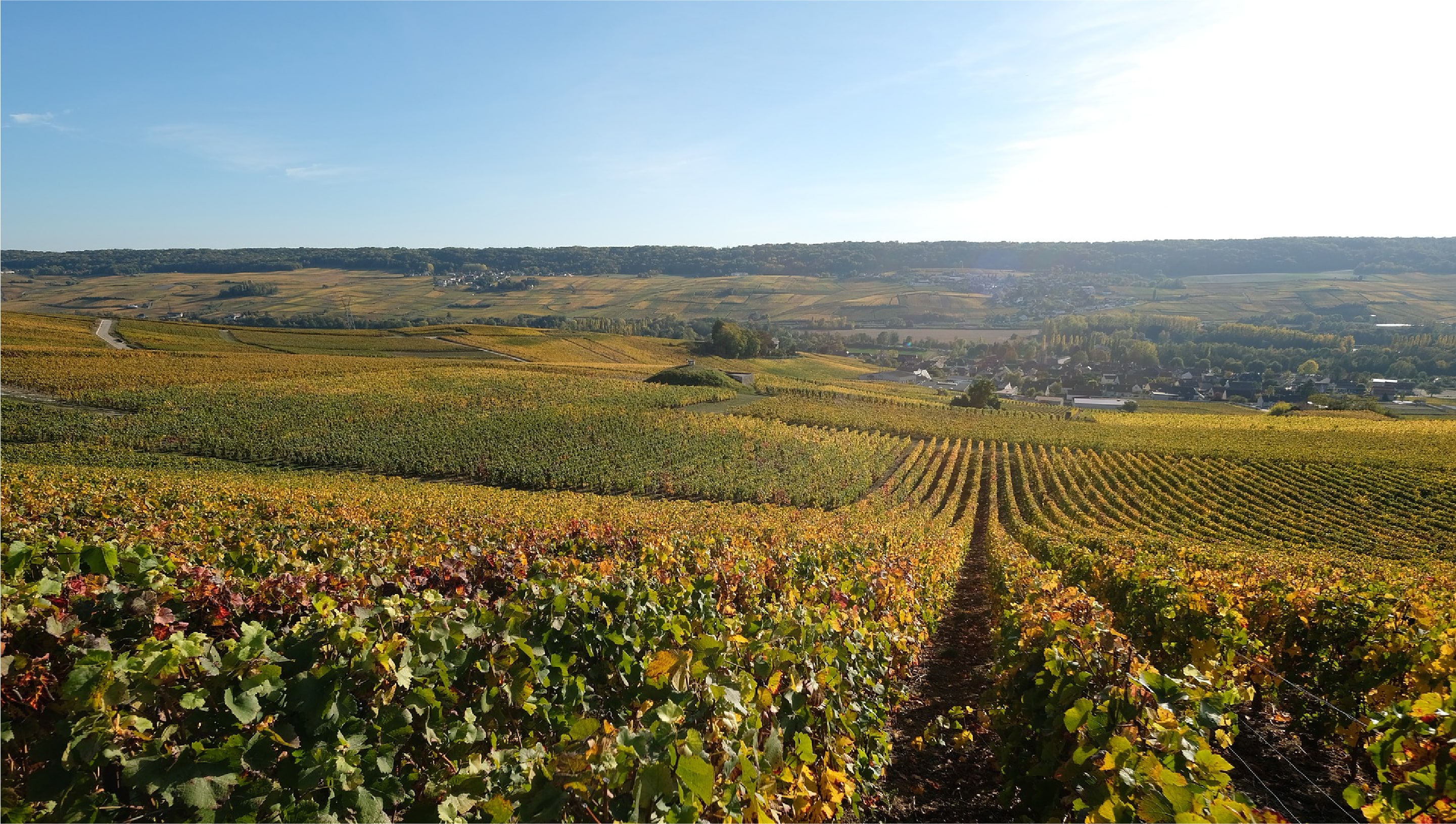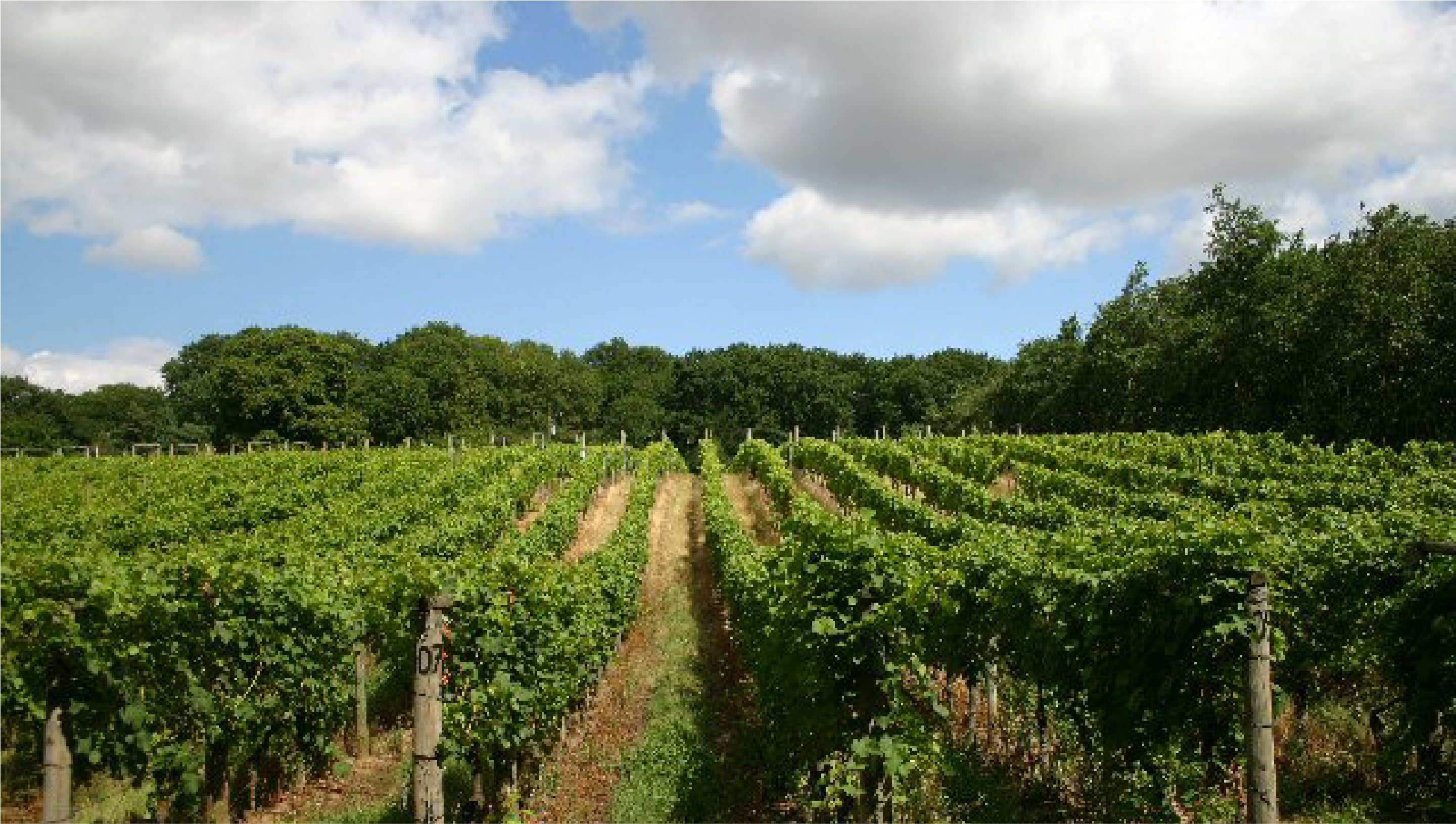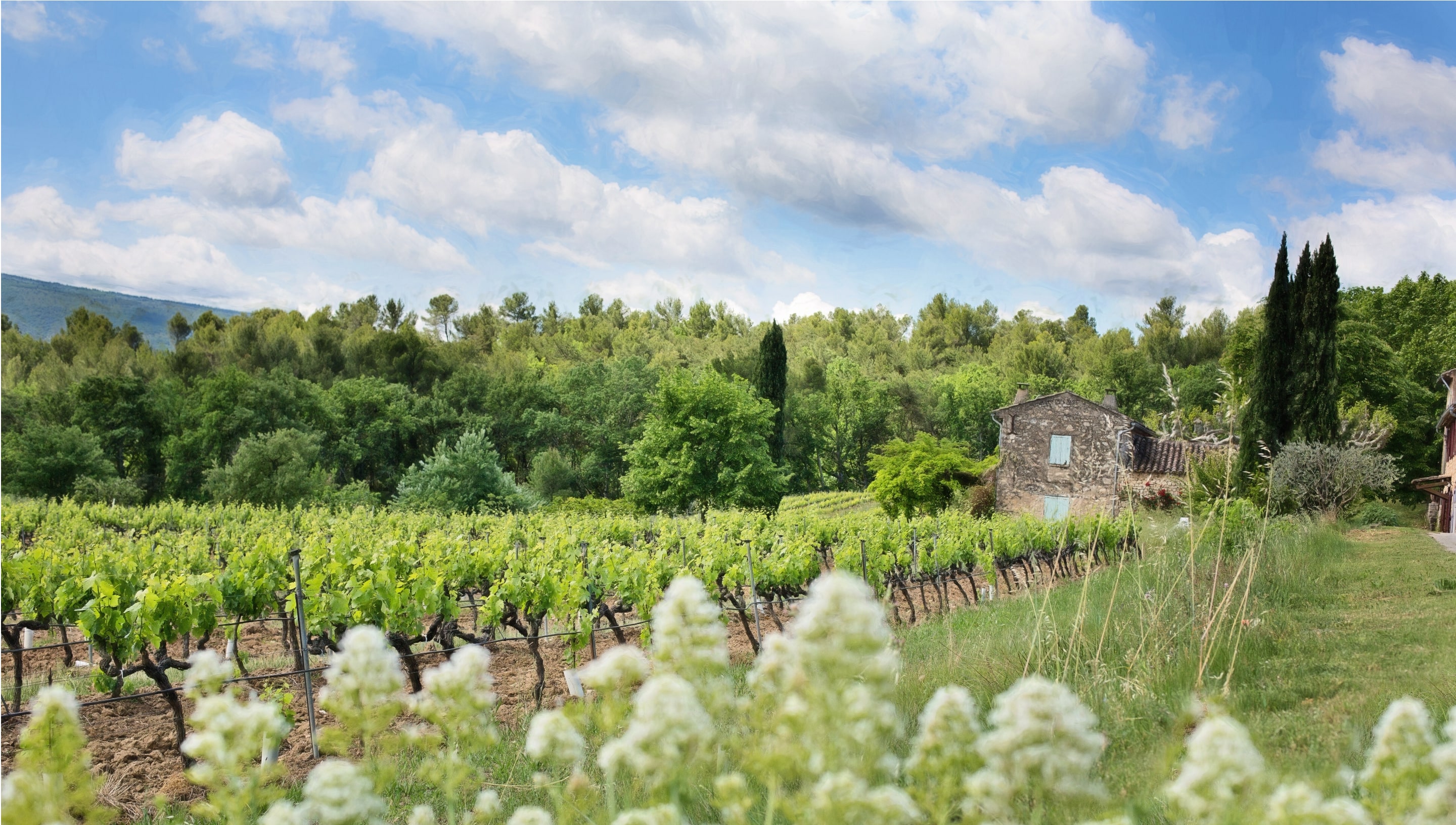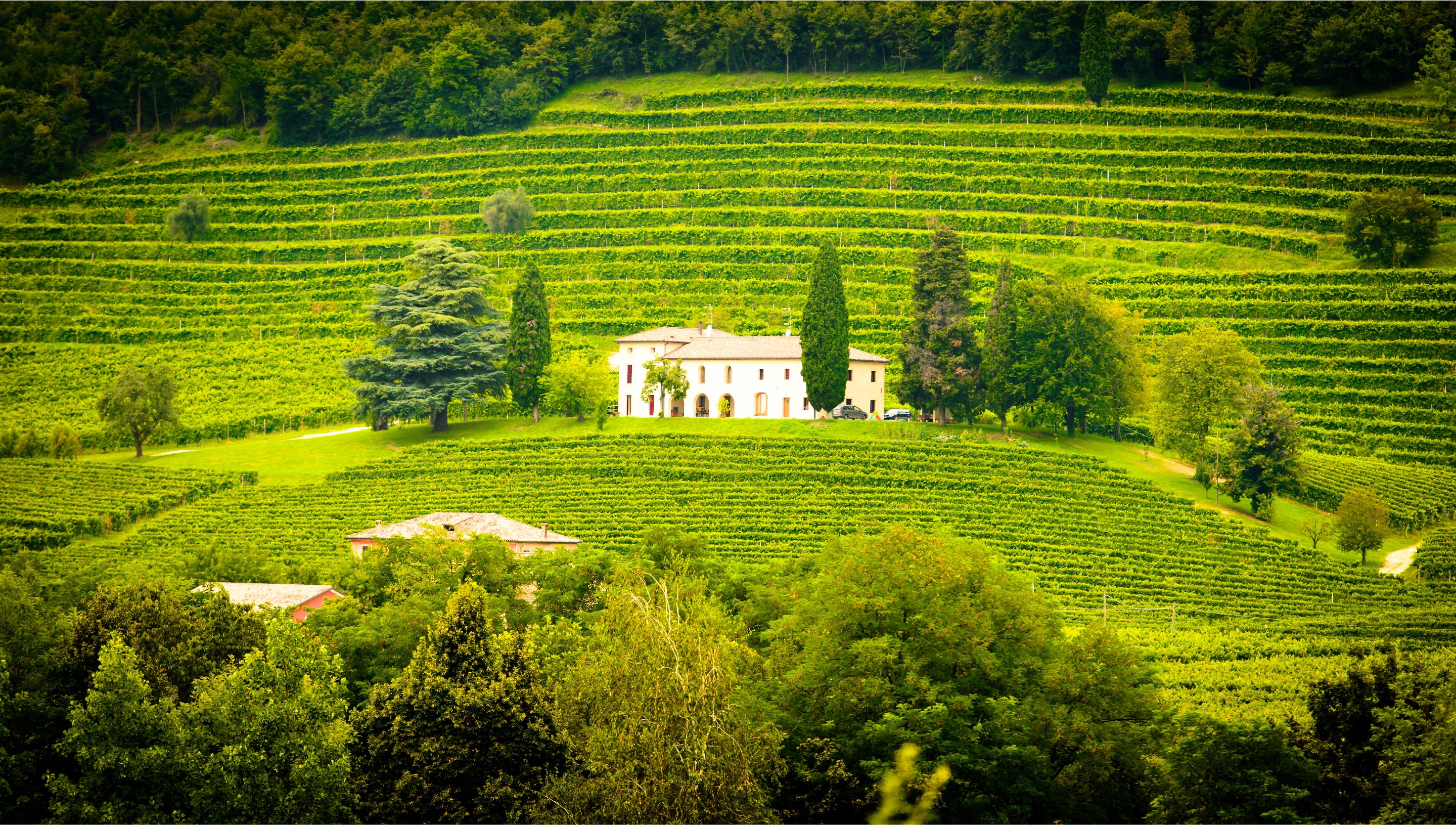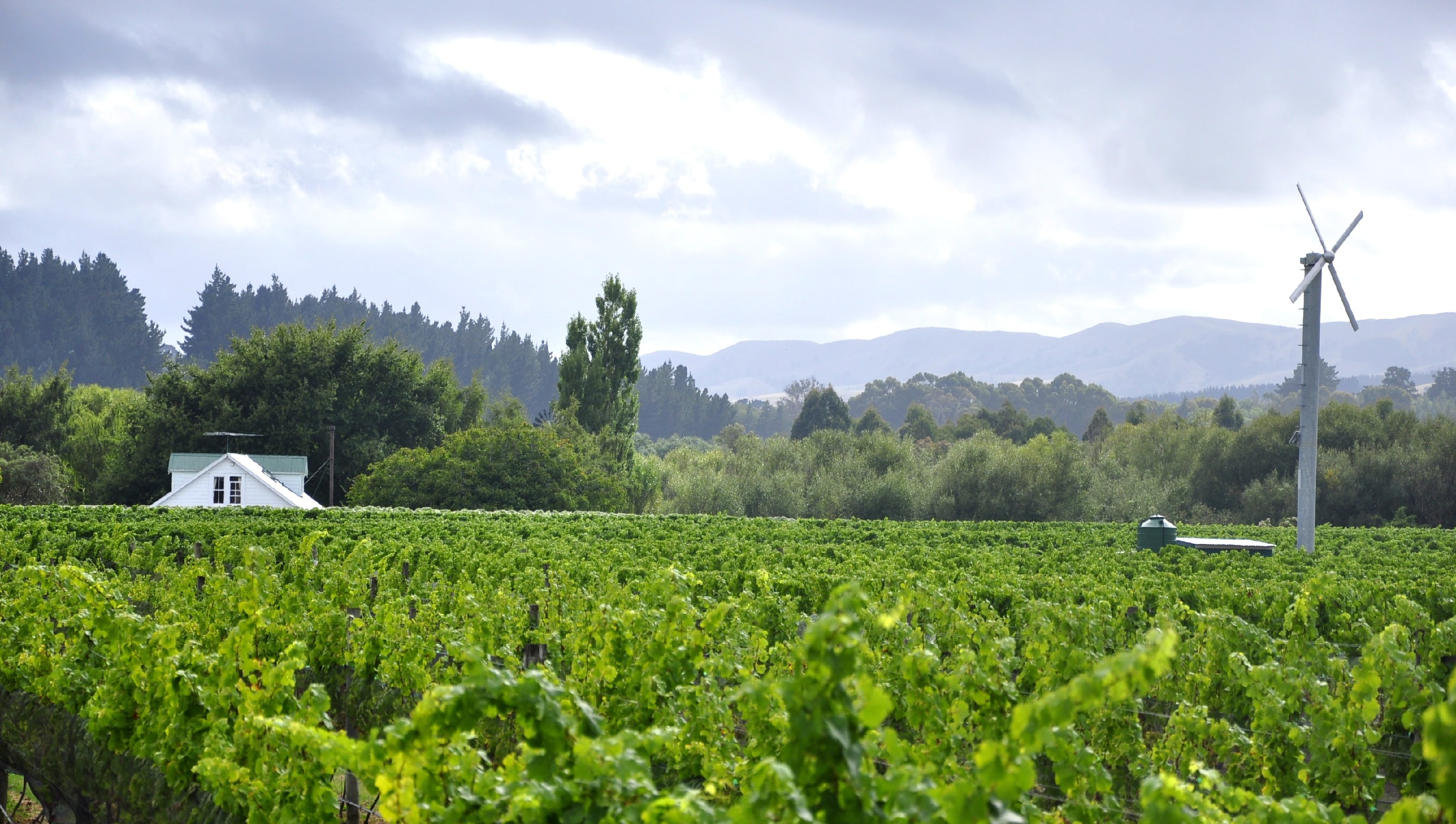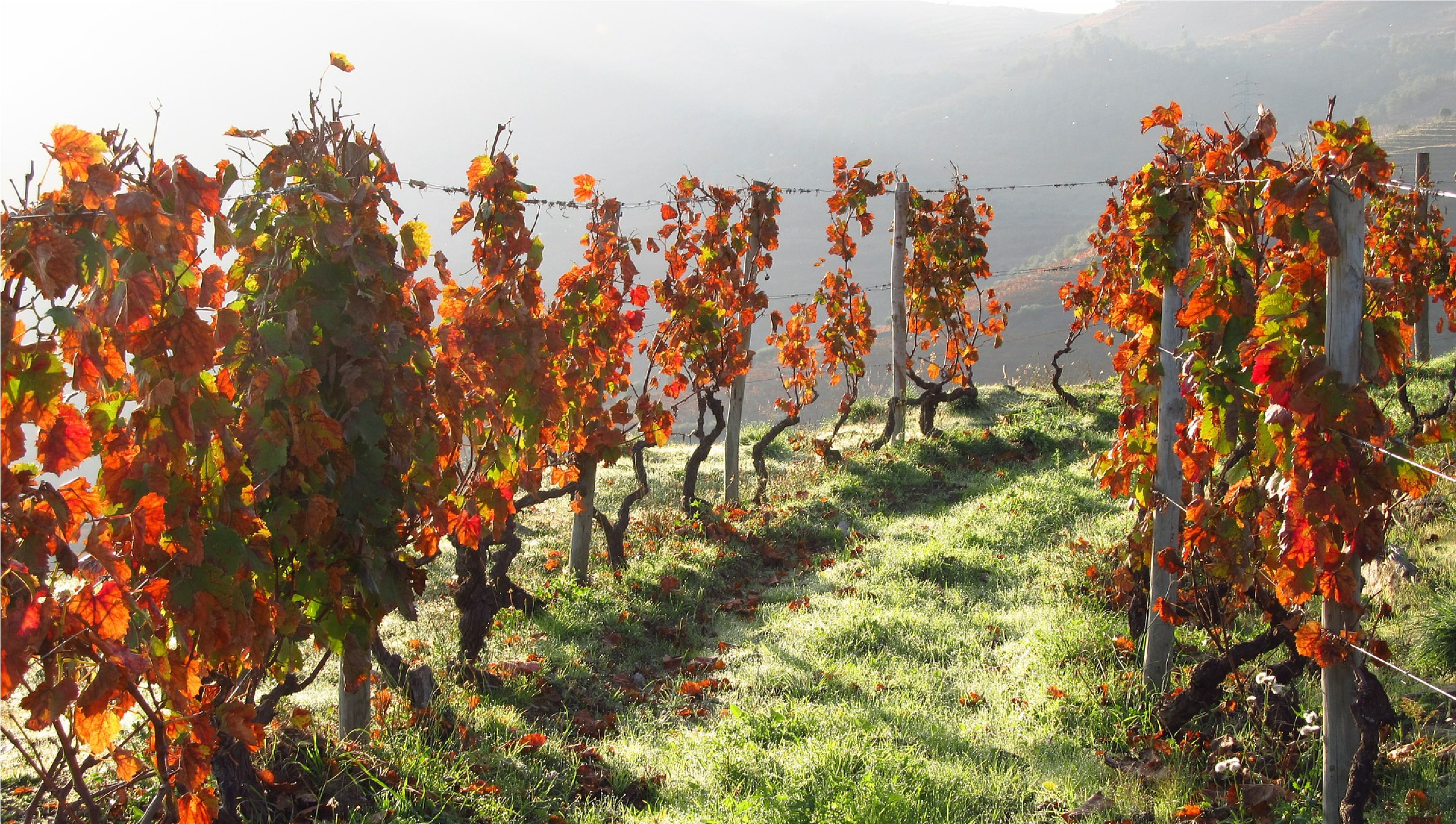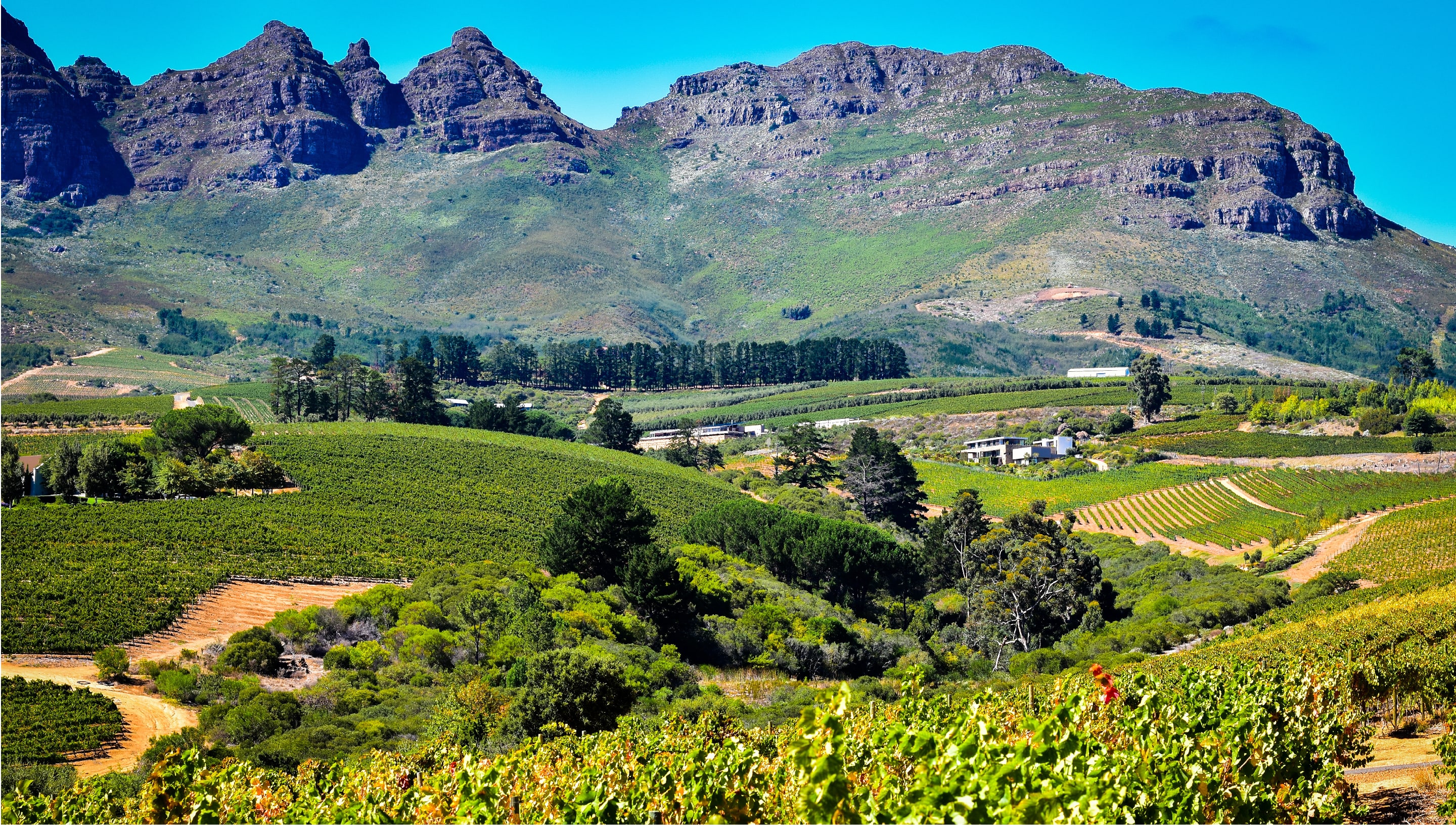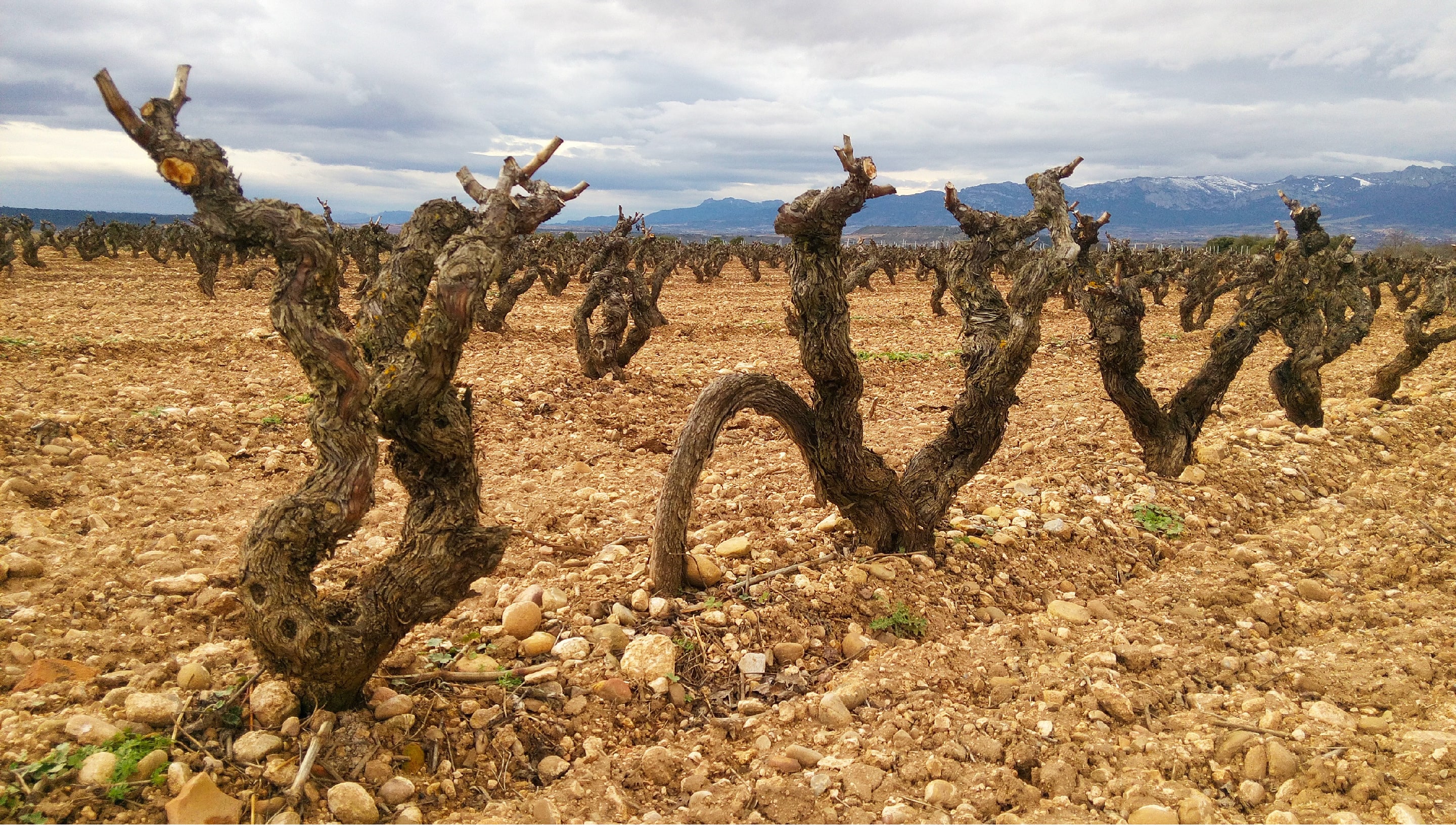Featured Regions
Argentina
It was a cold winter in the Andes with some snow fall but not enough to end the cumulative drought. Not surprisingly the bud burst was delayed. Once the shoots did emerge in the spring there was great anxiety about a series of frost “events”. This culminated on the night of 30th November / 1st December when a polar front brought icy conditions to Mendoza. Damage was extensive and it was clear from this point that the 2023 harvest would be small
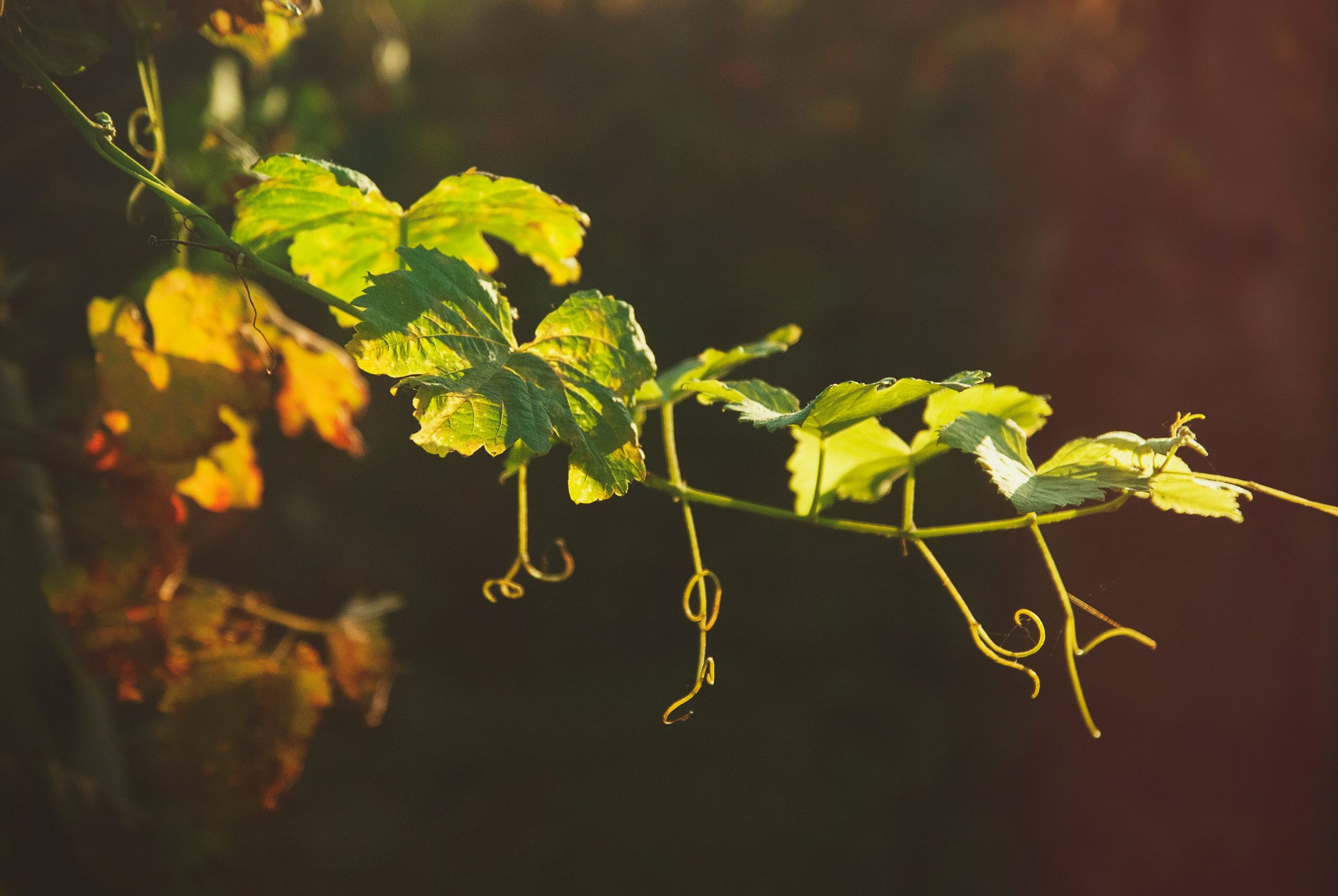
As is so often the case, after punishing cold in the spring the summer became brutally hot and dry. What precipitation did fall came in the shape of hail – not the ideal source of moisture
February was particularly warm and this advanced the picking by up to a month. With everything apparently ripening simultaneously there was a rush to gather the grapes. Even the most patient estates were finished by the first week of April. There were no disease issues so quality should at least be good. As predicted, the spring frost and chronic drought saw yields reduced markedly. The national crop was down 19% against 2022 and a vicious 29% against the five year average. News of the frost saw the price of Malbec spike upwards but with muted export demand in 2023 the market has stabilised and sensibly priced Malbec is currently widely available.
Australia
“It’s grim Down Under” sums things up both in the vineyards and on the export market. For the third year in a row La Niña maintained its grip on weather systems in the Southern Hemisphere. It was cool and there was persistent heavy rain during the winter and spring. Flooding was widespread. The high humidity triggered disastrous outbreaks of downy mildew. The resulting harvest was late and very small. The total national crush was 1.32 million tonnes, down 24% on 2022 and down 26% against the ten year average. Despite these shortfalls and spiralling production costs, the average price per tonne for grapes only increased by 2%. Overall quality will be ordinary. As if these production challenges were not enough, the export market is looking pretty sick as well: volume was down 4% and value down 11% in the year to 30th September 2023. There seems to be an unhealthy equilibrium at the moment between reduced production and disappointing sales. Of course this unprofitable stalemate is unsustainable and a contraction of the industry seems inevitable.
Austria
After a dry winter the growing season got off to a late and slow start, not least because of cold weather in April. This is often no bad thing as it reduces the risk of spring frost. April was also quite wet and this helped to get some moisture into the soil. Warm weather in late May at last got the vines growing rapidly and although the flowering in June was later than usual, it passed without incident. From late June until the eve of the harvest in early September the summer was largely hot and dry, with the exception of heavy downpours at the beginning of August and some lighter showers at the end of that month. The growers are confident about the quality of the vintage. At 2.3 million hectolitres the crop is estimated to be just a tad down on both 2022 and the five year average.
Chile
The winter and early spring were drier than normal, with 30% less rainfall than in the equivalent period the year before. There were no frosts in the spring and the dry conditions kept fungal diseases at bay. The summer was bracketed by heatwaves in November and February, with normal temperatures prevailing the rest of the time.
Picking started in February but cooler weather in March eased the pressure and the last Carmenere was not gathered until the start of May. Francisco Baettig of Errázuriz describes the company’s vineyards in 2019 as having delivered, “grapes of outstanding sanitary conditions [sic] and great concentration.” At a national level the vintage was 7% down on the bumper 2018 crop, but still 8% up against the five year average.
California
The 2023 growing season in California brought to mind the band Wet Wet Wet, not least because of the heavy rainfall and an overall weather pattern that was more reminiscent of the 1980s and 1990s than modern times. The winter saw torrential downpours: the chronic drought was over. It stayed cool and damp in the spring. The vines got off to a slow start and never really caught up. The summer was mild. Intermittent rain was never far away, but the apocalyptic predictions around “Hurricane Hilary” and the “Atmospheric River” did not materialise. The harvest began in August and lasted right through until November. Most picking schedules were running between a week and a month later than in recent years. The best grapes show an ideal combination of steadily accumulated sugar balanced by retained acidity. With time, we should be able to enjoy (if we can afford them) some classic Californian wines. Perhaps the one rub is that there is something of a glut of black grapes in California and as a result a portion of the crop was left unpicked. Estimates of the total harvest are still a little tentative but the yields were almost definitely up on 2022 (which was frost affected) and in line with the five year average.
Champagne
A frost free April and some fine weather in June for the flowering allowed the vines to set a large crop. July and August saw changeable weather: there was quite a lot of rain and the temperatures were often on the cool side. The vines were happy to carry on growing and the grapes took advantage of the plentiful moisture to swell. The combination of plentiful bunches and large berries accounted for the enormous size of the crop. The negative side of this humidity was that it encouraged the development of Botrytis cinerea (grey rot). The weather changed completely in September: the rain disappeared and temperatures shot up. The official start of the harvest was 2nd September. Given the heat and the residual risk of fungal infections the fruit was gathered at pace. Chardonnay is the variety of the vintage, having largely brushed off the disease threat and come through in good form. The picture for the Pinot Noir and Meunier is variable: these black varieties are more susceptible to grey rot and so 2023 is a year when rigorous selection was crucial in the vineyard and press house. As indicated the vines produced a huge tonnage of grapes. The official yield limit in 2023 for Champagne production was 11,400 kg/ha, with up to another 10,000kg/ha allowed to go into a strategic reserve (for use in smaller vintages).
England
Back in 2018 I wrote in that year’s vintage report that “They’ll be dancing in the streets of Tunbridge Wells.” As well as being a rather lame homage to the late, great Bill McLaren it was an attempt to describe the euphoria of the English vineyards at the outcome of the 2018 harvest. Well, five years on it looks as if 2023 is another vintage that might bring on dad dancing in the Home Counties. The spring was largely frost free and a dry June allowed a successful flowering. Crucial to setting what would turn out to be a bumper crop was the wet July: the vines soaked up the moisture, grew strongly and started to ripen the grapes. Coming into September, the vines were laden with grapes but there was some anxiety about the weather on the run in to the harvest. The growers need not have worried, the skies cleared and we experienced several weeks of excellent late summer weather. In many cases the picking was able to start a little earlier than usual. It is hard to find any dissenting voices concerning both the quality and quantity of the fruit.
France
BORDEAUX
Bordeaux is going through a tough period and the 2023 vintage did nothing to raise spirits. That said, the growing season got off to a good start with an early bud burst and mercifully no frost. The vines developed well and the flowering passed without incident. It was then that the problems started. June was characterised by a series of storms, with heavy rain and high temperatures: the ideal conditions for mildew and black rot. The weather was a little better in July but fungal diseases remained a threat. After heavy rain on 15th August, the rest of that month brought more stable summer weather and by the beginning of September it was getting seriously hot. Challenges still abounded though with many vineyards in Bordeaux experiencing infestations of “grape worm” and good old fashioned grape desiccation. The harvest kicked off at the end of August. The Sauvignon Blanc was arguably the stand out success in 2023, this variety survived the depredations of the summer and posted healthy yields. By contrast the Merlot was battered by mildew, wilting, and in some cases dilution courtesy of the summer rain: the resulting crop was chaotically heterogenous. The one ray of sunshine on the red wine front is that the tougher, later ripening Cabernet Sauvignon came through in much better shape than the Merlot. The total Bordeaux vintage in 2023 is down 8% on 2022 and down 16% against the five year average.
BURGUNDY
Winter 2023 in Burgundy was relatively mild and dry. Nevertheless, bud burst was a little later than usual, helping the vines negotiate the scary spring frost window in April. The flowering was rapid and successful, allowing the vines to set a large crop. June was hot and thundery, as was July to a slightly lesser extent. There was some localised hail damage. However, whilst the threat of fungal disease was ever present (downy mildew, oidium and black rot), there were few reports of damage on the scale experienced in Bordeaux. Rainy episodes continued into August, but towards the end of that month a heatwave appeared that lasted into September. This accelerated the ripening and triggered the start of the harvest. From Chablis down to Mâcon, growers seem to be delighted with the Chardonnay crop, both in term of quantity and quality. There is a lot more discussion surrounding the Pinot Noir, where yields were very high and some berries raisined in the searing heat. With careful sorting it should be possible to make really good wines, but it sounds as if there could be quite a lot of dilute and/or overcooked dross as well. The Gamay is less of a prima donna than Pinot Noir and the new wines in Beaujolais seem to be vibrant and fruity. The total Burgundy crop (including Beaujolais) was enormous: up 12% on 2022 and up a staggering 22% on the five year average.
ALSACE
Alsace was spared a lot of the weather and disease challenges that plagued other parts of Europe during the spring and early summer. Overall the weather was sunny and dry, with the vines able to set a decent sized crop. However, during the second half of July the weather deteriorated. Strong winds, heavy rainfall and low temperatures were experienced. When the high humidity persisted into August growers noticed a rapid spread of oidium (powdery mildew). Things could have got worse but from mid August onwards the skies cleared and the disease pressure lessened. A late summer heatwave between 8th and 13th September caused a precipitous acceleration in ripening. The earlier ripening grapes (the Pinots in particular) were gathered in short order followed by the later ripening varieties such as Riesling when the temperatures eased off. Quality in general should be good. As far as quantities are concerned, 2023 was a pretty normal vintage: 5% up on 2022 and 3% down on the five year average.
LOIRE
Doubtless to the relief of everyone I can reveal that 2023 was spared from the scourges of recent years: there was very little frost or hail and definitely no drought or heatwaves. Rather, the defining features of this year were the persistent rain and the drastic swings in temperature. That said, as well as being frost free, the vines managed to flower successfully and set a large crop. It should come as no surprise that the main threat in 2023 came in the shape of fungal diseases, with mildew leading the onslaught. Fortunately, as in many parts of Europe, September saw some of the finest weather of year: it was warm, dry and sunny. The grapes were able to ripen well and the harvest passed without incident. Although there was regional variation, the overall Loire crop was large – up 21% on 2022 and up 18% on the five year average. Quality will be heterogenous though. However, there will be some fresh and vibrant whites, where the producers stayed on top of the weather and disease issues.
RHÔNE
Winter and the early part of spring were dry, creating anxiety that drought would be an issue later in the year. In the short term these worries were assuaged by heavy rain in May. Of course the downside of this moisture during the growing season is that it can encourage fungal diseases, such as downy mildew. That said, competent growers coped well. The vines rattled through the summer, helped in part by the fact that nowadays irrigation is permitted. This became particularly important when temperatures ramped up in the second half of August. The harvest was early and without incident. Producers seem to be very happy with their whites and rosés, not least because there is a tad more acidity in 2023 than there was in 2022. The reds should also very good, although there will be some heterogeneity in the Grenache (in part because the heatwave caused instances of raisining). The total crop across the “Sud Est” was normal (3% down on 2022 and 1% up on the five year average).
LANGUEDOC-ROUSSILLON
The writing was on the wall in Languedoc-Roussillon from the beginning of 2023, with a dry winter and early spring making drought a real possibility. Despite the absence of spring frost, growers remained nervous and irrigation water was already being applied in early May. Finally, in the second half of May there was heavy rain. However, the rainfall was not uniform. The flowering went surprisingly well and many vines set a large crop. The presence or absence of soil moisture became obvious during the long hot days of summer. Those vineyards that benefitted from the May downpours, and/or irrigation, were able to flourish. Those that did not struggled, with leaf loss, fruit desiccation and in a few drastic cases vine death. The harvest got underway in August with the earlier ripening white grapes and some of the black grapes destined for rosé and sparkling wine production. At the end of the month the temperature sky rocketed, peaking at over 40°C. It is a testament to the robustness of the traditional black varieties of Languedoc-Roussillon that they survived this late season roasting and were picked in good condition. The challenging weather means that there will be variability in quality although both Les Grands Chais and Sieur d’Arques (Aimery) seem happy with what they have in their cellars. As predicted the drought did hit the crop size. Overall production was down 15% on 2022 and 10% against the five year average.
Germany
The start of the growing season passed without incident: there were no significant frost losses and the flowering went well. By contrast the summer was full of challenges. A severe drought in June was followed by unseasonably heavy rain in July and August. Mildew and the reappearance of the cherry fruit fly (Drosophila suzukii) caused much anxiety and fears of a rerun of the difficult 2014 harvest. To everyone’s relief (and unlike in 2014) September and the first part of October were glorious. It was dry, the sun shone and it was distinctly hot. The grapes ripened very quickly, precipitating a rapid harvest. Many of the southern regions, such as the Pfalz and Rheinhessen, had finished picking by the end of September. Quality levels should be at least good. The fine autumn weather allowed some traditional sweet wines (Auslese and above) to be made as well as the currently fashionable drier styles. The latest numbers from the German Wine Institute indicate a vintage 3% down on 2022 and 1% down on the ten year average.
Italy
Fans of the Giro d’Italia road cycling race witnessed the defining feature of the 2023 growing season play out before their eyes: day after day of heavy rain in May as the riders toiled across the south and centre of Italy. This persistent high humidity was ideal for the rapid spread of downy mildew. How regions and individual vineyards coped with this disease determined the size of crop they harvested. Roughly speaking, the centre and south of Italy struggled: Abruzzo and Sicilia saw their potential crops halved, whilst Puglia and Toscana lost about a third of their harvests. In the north the mildew threat was better managed and losses were a lot smaller. The Veneto, crucial for the production of Prosecco and Pinot Grigio, saw yields down by only around 10%. There were some fearsome temperatures in the summer, but these hot, dry periods were interrupted by cool, damp interludes. Given what had happened before, it is a relief to report that the harvest passed off without any major incidents. Despite the early start to the growing season, the picking began a few days later than in 2022. Many producers are surprisingly upbeat about the quality of their grapes. Whilst the weather compromised yields, what was left came through in reasonably good shape. However, there will be heterogeneity, particularly in DOC areas such as Montepulciano d’Abruzzo. After a couple of downward revisions the national crop is estimated to be 37-39 million hectolitres. Assuming that this number is about right it would represent a reduction in production of around 25% against 2022 and the five year average.
New Zealand
Although experiencing similar weather conditions to their cousins on the other side of the Tasman Sea, the New Zealand wine industry came out of the 2023 harvest in better shape than the Australian one. A wet winter got plenty of moisture into the soil and it remained a little cool and damp during the spring and summer. The weather event that 2023 will be remembered by arrived in February. Cyclone Gabrielle hit the North Island hard, bringing gale force winds and torrential rain. Low lying vineyards with poor draining soils saw extensive flooding. This amount of humidity close to the harvest inevitably triggered outbreaks of grey rot and other fungal diseases. Parts of Hawkes Bay suffered badly, but it was Gisborne and Auckland that were hardest hit. However, by the time the storm reached the South Island it had lost most of its energy and moisture. This meant that the all important Sauvignon Blanc crop in Marlborough got through pretty much unscathed. What is more, the arrival of autumn ushered in fine dry weather for the harvest. At 501,000 tonnes the total New Zealand crop was the second largest on record. New plantings and a bumper crop in parts of the South Island more than made up for the problems in the North Island. Overall quality should be good. New Zealand wine exports remain healthy with sales up 25% on 2022.
Portugal
There was plentiful winter rainfall, refreshing the soil after a period of cumulative drought. A warm spring got the vines off to a good start and there were no issues with frost or problems at flowering time. As one would expect the summer was dry: that said temperatures in July were not excessive. There was a heatwave at the end of August but the vines coped well. Rain on 3rd September in the Douro was perfectly timed to trigger the final ripening of the black grapes (many of the white grapes had been harvested already). Much of the Touriga Nacional was picked over the following fortnight. However, some of the edge was taken off the harvest by two further bouts of rain during this period, putting pressure on the gathering of the late ripening Touriga Franca. Elsewhere in Portugal the vintage was able to proceed at a steady pace well into October. Whilst there will be a need for selectivity given the September rains, overall quality should be good.
South Africa
Winter in the Cape was warmer and drier than normal. This triggered an early bud burst and an early flowering. The fruit set was relatively light. The arrival of summer was greeted by an entirely unseasonal downpour during the second week of December. Whilst this eliminated any threat of water stress it raised the risk of fungal disease. The rest of the summer was a tad cooler than usual, slowing down the development of the grapes. Harvest got underway at the beginning of February under favourable conditions but big challenges came towards the end of the month when heavy rainfall returned. There were two further bouts of torrential rain in March, slap bang in the middle of the black grape harvest. Clearly the viticultural and winemaking teams had to make some tough calls: pick early and face a lack of ripeness or pick later and run the risk of rot and dilution. Doubtless there will be some successes, but overall quality will be patchy. As expected, yields were down: by 14% against 2022 and by 12% against the five year average. That said, weak export shipments have suppressed any marked upward pricing pressure. As in Australia, there is a reasonable balance of supply and demand for white wine whereas there remains a sizeable volume of red wine trying to find a home.
Spain
In most of Spain a mild dry winter was followed by a warm and very dry spring. There were no significant frost losses and the flowering went well. As in the rest of Europe there were a few storms in the early summer but the fungal disease pressure was much lower than elsewhere. However, August was shockingly hot, with successive periods where the thermometer was stuck over 40°C. This desiccating heat had a profound effect on the size of the 2023 crop, reducing it significantly from what had been projected earlier in the year. The first white grapes were picked in the middle of August with the key Tempranillo harvest at Bodegas Medievo in Rioja starting on 5th September. The odd downpour in September brought welcome relief from the drought and reinvigorated the ripening process. Everything was picked by the end of September. From a quality perspective most producers are happy with their wines. The big issue is quantity. The most recent national estimate has the crop at 33 million hectolitres, down 18% on 2022 and down 23% against the five year average.


